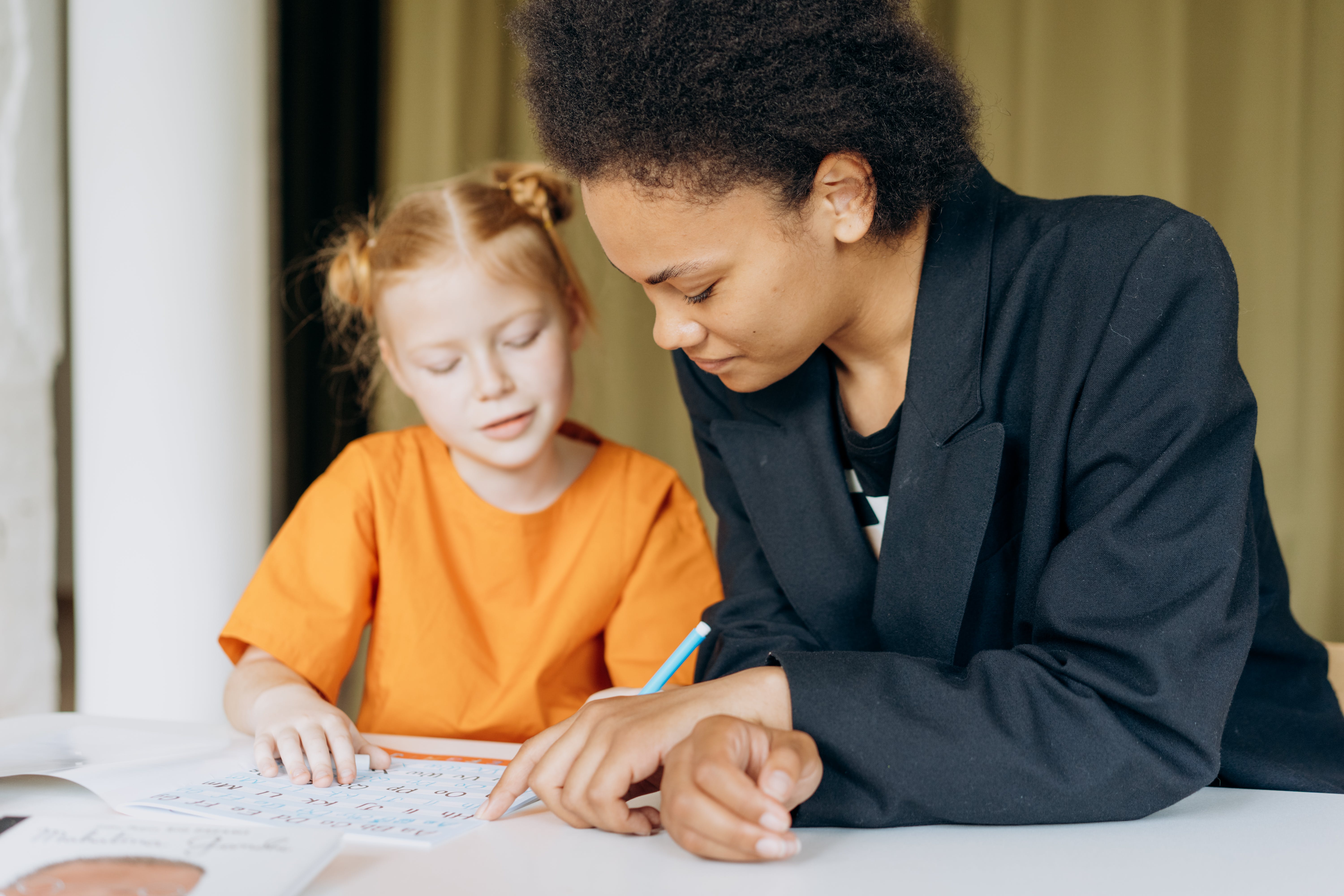Exploring Classroom Factors and Augmentative and Alternative Communication (AAC) Use in Qualitative Interviews

What is the name of the article?
Exploring Classroom Factors and Augmentative and Alternative Communication Use in Qualitative Interviews
What was the goal of this study?
The goal of the study was to learn speech-language pathologists' and teachers’ views on support for augmentative and alternative communication (AAC) use in early education.
Understanding and improving support for AAC use in early education classrooms is important for many reasons including that about 11% of students in special education classrooms use AAC.
What did we find?
Things that matter when it comes to teachers and SLPs using AAC in the classroom include:
-
Teachers and SLPs need training to develop knowledge and skills to support their students’ use of AAC. When teachers and SLPs do not receive training, they might stop using AAC.
-
Creating a supportive AAC culture for an entire school will boost how AAC is used in the classroom. Teachers, SLPs, school administrators and families must work together to make sure everyone can use AAC comfortably. School administrators can help by giving teachers and SLPs access to AAC experts, and plenty of time to practice AAC use in the classroom.
-
Many things in a classroom can affect AAC use. Teachers and SLPs try to meet the needs of each kid in the classroom. This can be hard since everybody’s needs are different. Using AAC can be hard when there is only one teacher in a classroom and a lot of kids. The way that students interact with each other can change how well teachers and SLPs use AAC in the classroom. The set-up of the room and available materials can also affect AAC use.
What did we learn?
Changes are needed at all levels for more use of AAC in early education settings. This includes culture change in schools by giving teachers more resources, helping teachers, parents, and SLPs work together, and creating school policies that support AAC use.
Why is this important?
All children should be able to communicate and socialize with their peers in the classroom. AAC tools can increase children’s language skills, social skills, and ability to speak verbally. These skills can increase participation and inclusion in activities in and out of the classroom.
Who are the authors of the study?
Emily D. Quinn, Ph.D., CCC-SLP; Kristi Atkins, Ed.D., CCC-SLP; and Alexandria Cook, B.A.
Authors are from the Department of Pediatrics, Institute on Development and Disability, Oregon Health and Science University, Portland.
Quinn, E. D., Atkins, K., & Cook, A. (2023). Exploring Classroom Factors and Augmentative and Alternative Communication Use in Qualitative Interviews. American Journal of Speech-Language Pathology, 32, 2158-2177. https://doi.org/10.1044/2023_AJSLP-23-00041
Key Words:
Augmentative and Alternative Communication (AAC): Communication methods, including any non-spoken communication such as sign language, picture symbols, and iPads with communication apps, used to support or replace speech or writing.
Speech-Language Pathologist (SLP): A speech therapist who helps teach people skills to address speech, language, voice, and swallowing disorders.
Early Education: Also called Early Childhood Education, which is education of children from birth to eight years old. This might include early intervention supports and services for developmental differences.